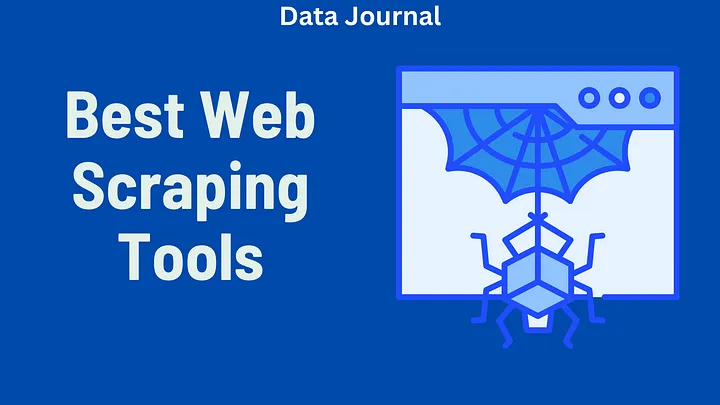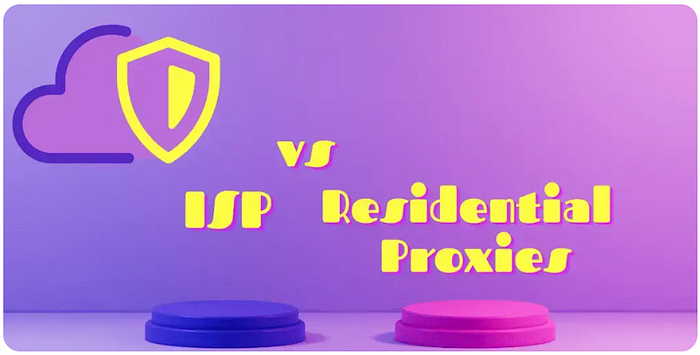HTTP Proxy Server: What It Is and How It Works
Definition and Role of HTTP
HTTP facilitates the transfer of multimedia files across the internet by establishing communications between clients (web browsers) and servers. This protocol is essential for the web-based transfer of data, including audio, video, images, and more, making it a cornerstone of the World Wide Web.
HTTP is characterized by being both stateless and connectionless, with two main versions in use today: HTTP/1.0, which establishes a new connection for each request, and HTTP/1.1, which allows multiple requests to be handled over a single persistent connection.
For further insights, refer to our detailed exploration of HTTP cookies.
What is an HTTP Proxy Server?
An HTTP proxy serves as an intermediary between your browser and the server, channeling internet traffic through its system. This setup means that the web traffic appears to originate from the proxy server’s IP address rather than your own, enhancing anonymity and security.
HTTP proxy servers offer significant benefits, such as reducing bandwidth consumption through data compression, caching web pages, and minimizing the amount of advertising content that reaches the user. These features are particularly beneficial for businesses dealing with data-intensive websites.
Additionally, HTTP proxies support high volumes of simultaneous connections, making them ideal for organizations with large workforces. They also contribute an additional layer of security by preventing unauthorized file uploads on public servers.
HTTP proxies can also create HTTP tunnels, facilitating secure connections through restricted networks, such as those guarded by firewalls.
Operational Mechanics of HTTP Proxies
In the current landscape where online security threats are prevalent, HTTP proxies play a crucial role in protecting organizational networks. They scrutinize incoming traffic to detect and neutralize potential threats, such as malware and cyber attacks.
These proxies review the source and content of incoming web traffic before allowing it into the internal network. This precaution helps prevent dangerous content from entering the network and safeguards against data breaches and attacks.
Organizations can customize their HTTP proxy settings to align with specific security requirements and operational needs.
Benefits of Utilizing HTTP Proxies
Customizable settings on HTTP proxies can be strategically configured to achieve various organizational objectives:
- Security: Implement anomaly detection protocols to identify and block potentially dangerous data packets.
- Privacy: Conceal your actual IP address using HTTP proxies for enhanced online anonymity.
- Content Filtering: Control the type of content that enters your network through stringent content restrictions.
- Bypassing Geo-Restrictions: For activities like web scraping, HTTP proxies can manipulate HTTP request headers to overcome website access restrictions.
Conclusion
HTTP proxies serve multifaceted roles in enhancing organizational security, managing content, preserving privacy, and supporting data-heavy activities like web scraping. They are powerful tools for any business looking to secure and optimize their online operations.
Discover the right HTTP proxy solutions for your needs with our extensive proxy services, designed for hassle-free and secure internet operations.








